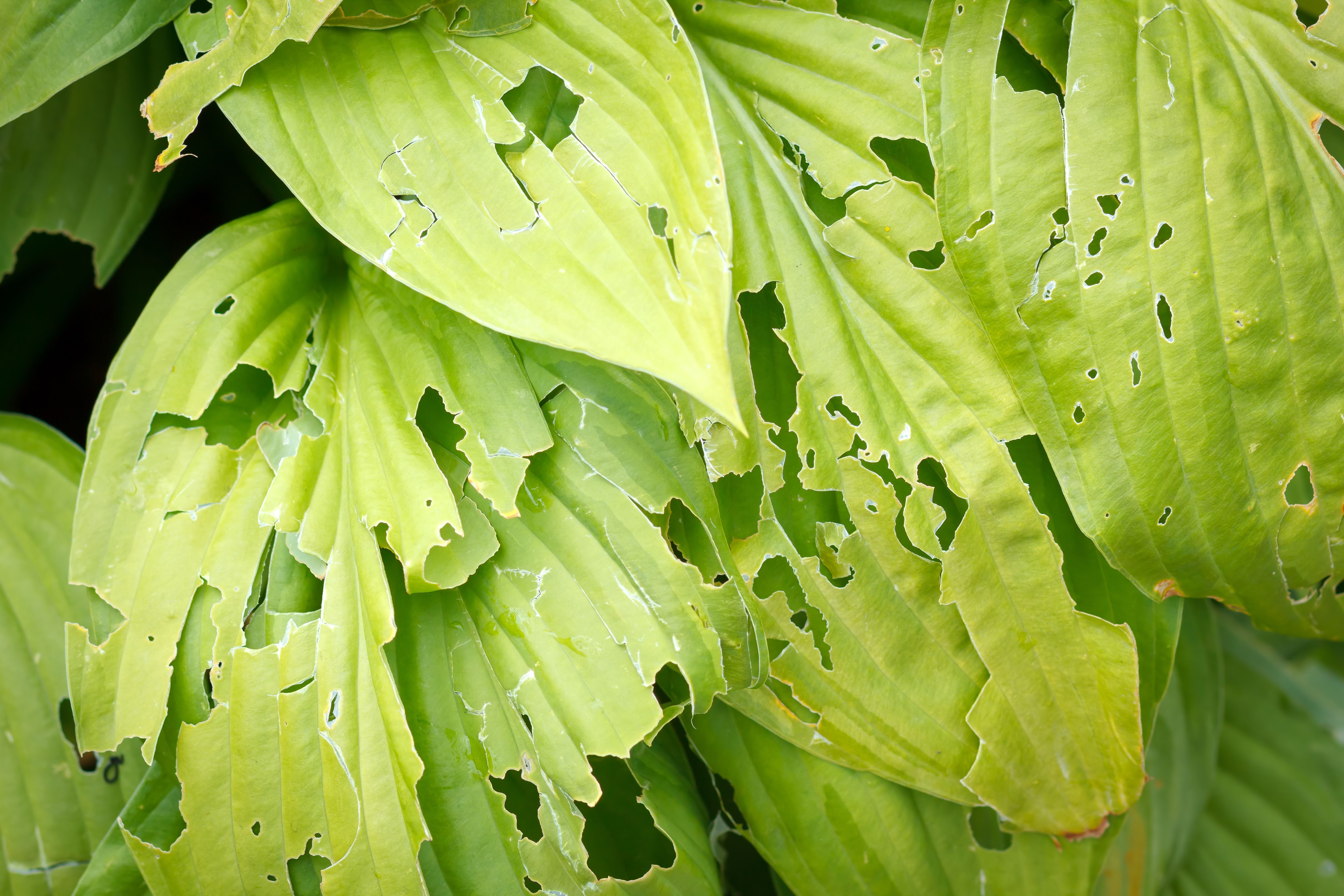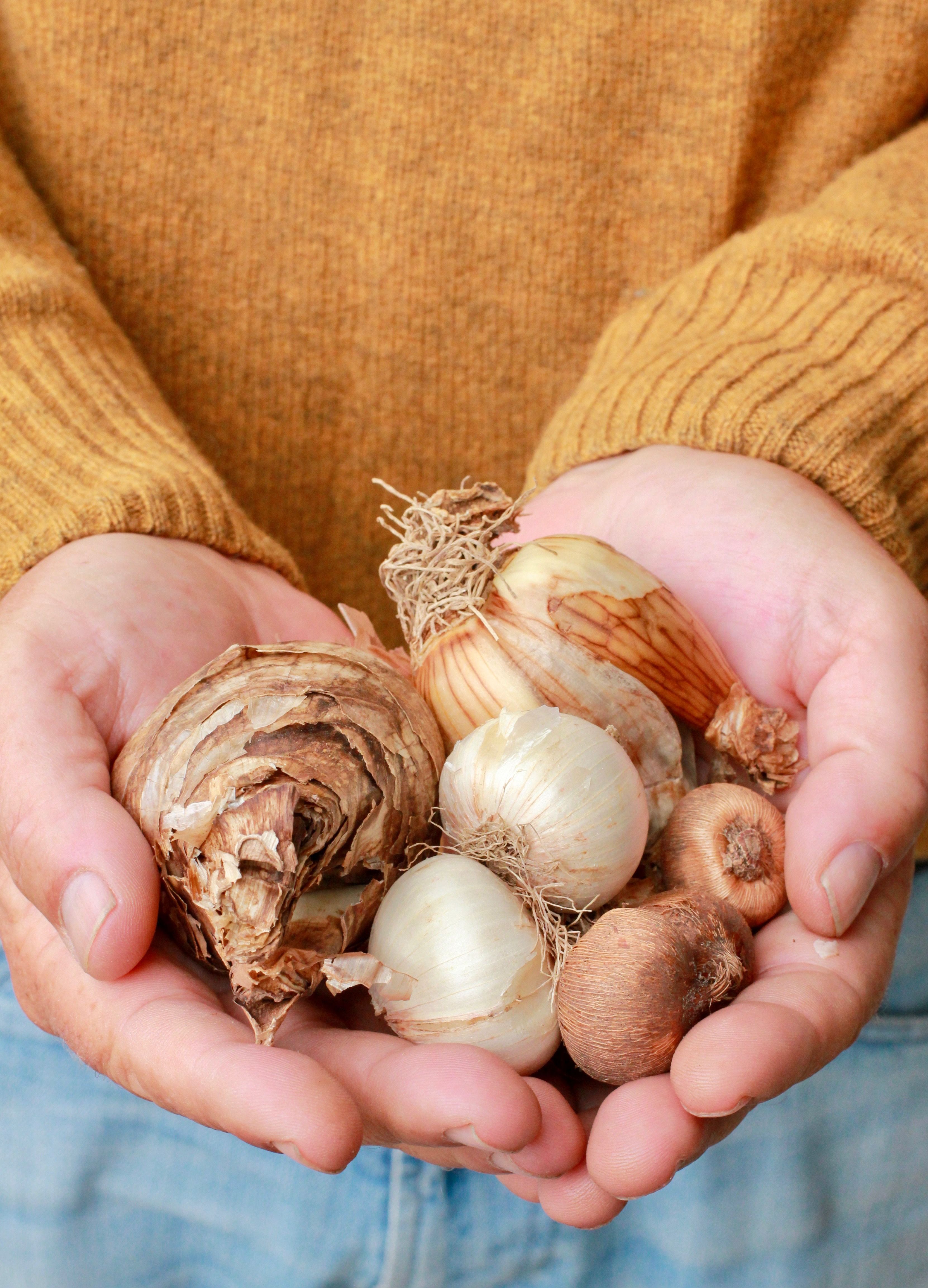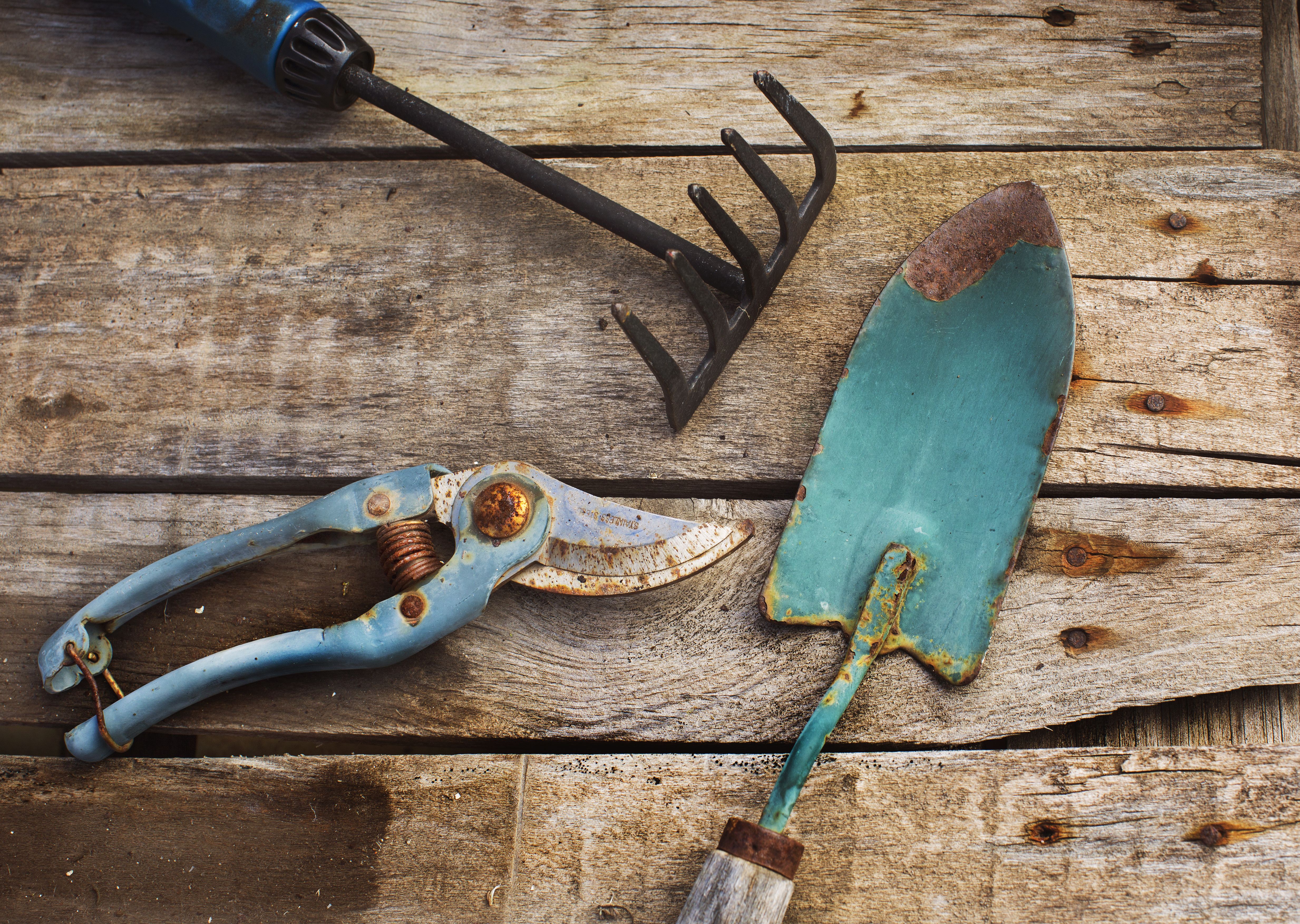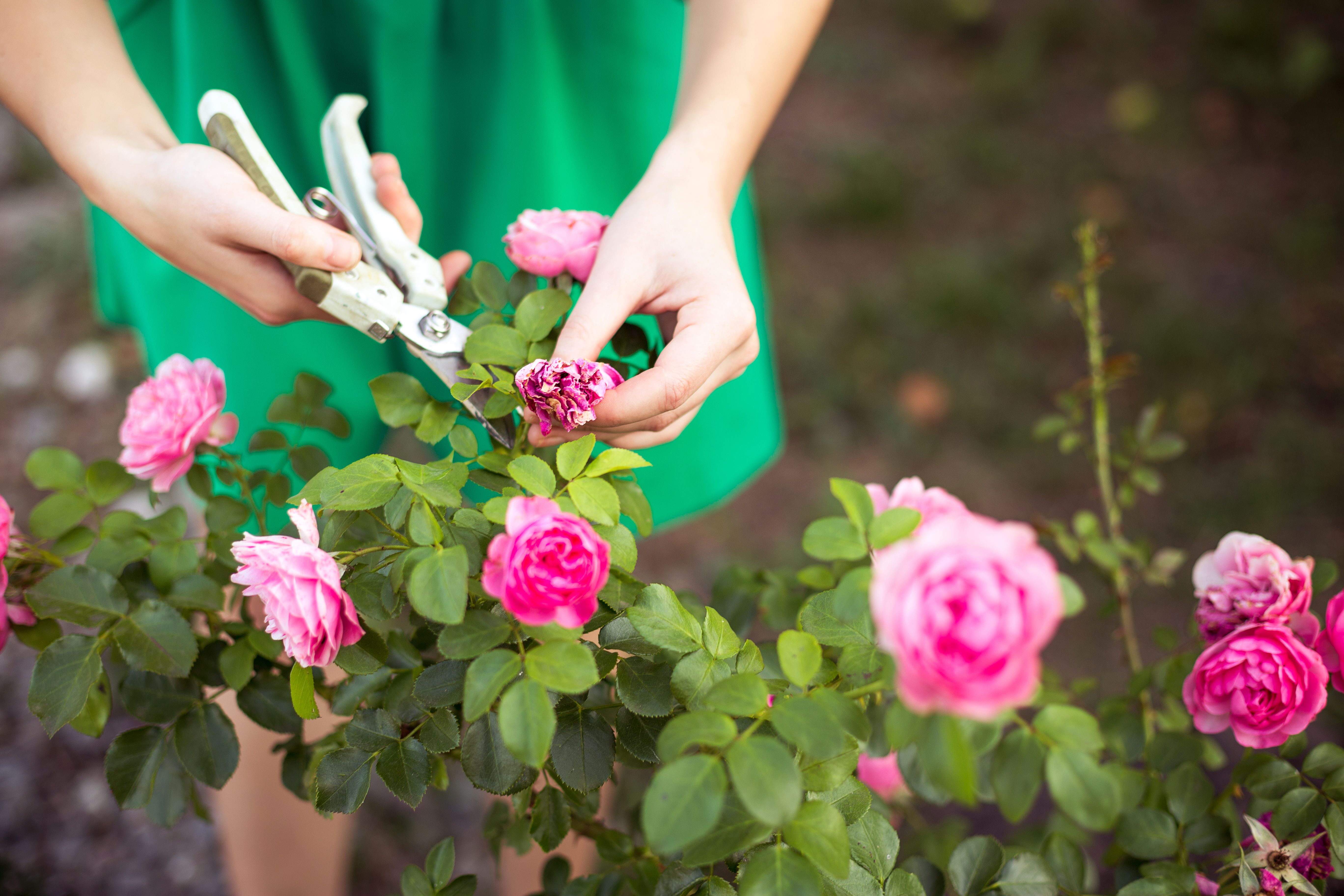The second we walk outside, we can hear the birds singing, feel a slightly warmer breeze on our faces, and see the first signs of greener grass beginning to poke through the ground - figuratively and literally. The past year has shown that more people than ever have been spending time outdoors and in their own backyards, whether it was utilizing all the space they have at home or putting time into nurturing a garden. This year, that gardening trend is likely to remain unchanged or even grow as more people are feeling confident in supporting local nurseries and venturing out, so we've got some tips to go with it.
With the spring season just around the corner, there's plenty to be done to prepare for summer bloom. From clearing out the yard to knowing where to put each plant, here are all the ways you can get your garden - and yard- ready for a busy, vibrant year ahead.
Take The Time To Order Your Summer Bulbs
Just because it might be too early to plant most of the garden doesn't mean you can't take the time now to order bulbs. These will hold until they're ready to be planted further along in the year and if you order them early, you'll be one step ahead on the first nice day of the season.
This will also give you time to sort through flowers and plants to decide which ones you love, which ones you like, and which you could probably go without.
Go At Those Weeds And Clean Flowerbeds With Vigor
One thing you don't need to wait for is the cleanup period in-between seasons. All it takes is one nice day prior to the planting season to sort through every flowerbed and pull out all of those pesky weeds.
This is also an excellent time to determine where you'll be planting new gardens and pull weeds, grass, and turn over the soil if need be. So grab those gloves, a good shovel, and get to pulling! Pro tip: grab one of those styrofoam or rubber mats for your knees, it helps.
Check For Any Potential Pest Problems Or Signs Of Critters
This is something that not many people consider before jumping into their gardens and often find problems later on. Pesky bugs can definitely interfere with the growth of any flowers and the harvesting of any fruits or vegetables, but if caught early, the problem can be taken care of before you even get your hands dirty.
This is also a great time to check the entrances (i.e. under porches and decks) for any larger critters. Fixing trellis, updating fencing, or adding chicken wire can help keep potential critters from eating all of your hard-tended work.
Sow The Seeds That Need A Little More Time
There are some seeds that need a little extra time and care when it comes to planting them in the garden. Since they can't be planted early due to potential cold spells, these are the seeds that can be started indoors in smaller pots, then transitioned to the garden or greenhouse outside once the weather begins warming up. Thompson & Morgan has a great guide on what to plant as early as January.
Clean Your Garden Tools Or Replace Them
We're all been there: the excitement kicks into high gear once the days get longer and warmer, and so we hurry out to the garage or the shed to pull out our gardening tools... only to realize that they're caked with mud, are dull, and half of them are rusted. It happens!
However, checking all gardening equipment early can really go far in the way of preventing that sinking feeling when we realize that before we do anything, we'll need to go shopping. Plus, it gives us time to take advantage of all of those beginning-of-the-season deals and sales.
Get Out The Pruning Shears And Decide On Spacing And Placement
Pruning back bushes and trees can be a big part of garden maintenance but also a big part of general homeowner maintenance, as well. One good storm can whip around those pesky branches and have leaves and unwanted debris all through a backyard garden, so it's best to trim them back prior to the season.
This is also a good time to use an empty planter (or a few) to determine the spacing and placement of every flower, bush, herb, and vegetable. An empty planter can roughly imitate the sizing and space needed for the plant it corresponds with, allowing you to essentially mark adequate spacing before you even pick up your plants.





